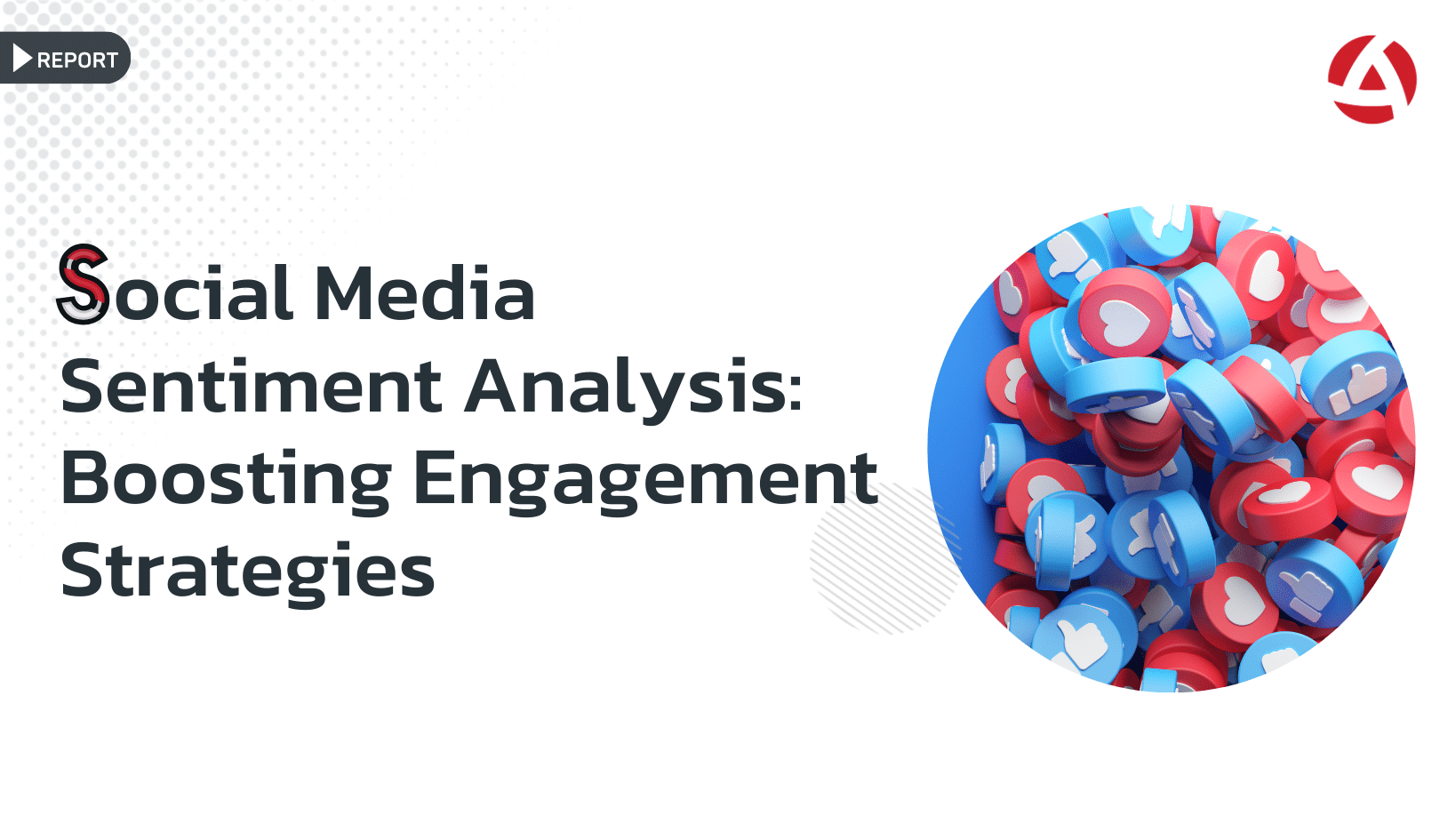How can companies leverage voice of the customer (VoC) to understand the context of the experience and improve customer journeys?
In this webinar, together with our guest speakers, Don Peppers, and Betül Yılmaz, we discussed the topic of “contextually relevant customer experiences” by focusing on the questions below:
- Why is contextual relevance key to better customer experiences?
- How to get more out of NPS and other performance metrics?
- How to make use of Agile to improve critical customer journeys in a large organization like BNP Paribas TEB Bank?




